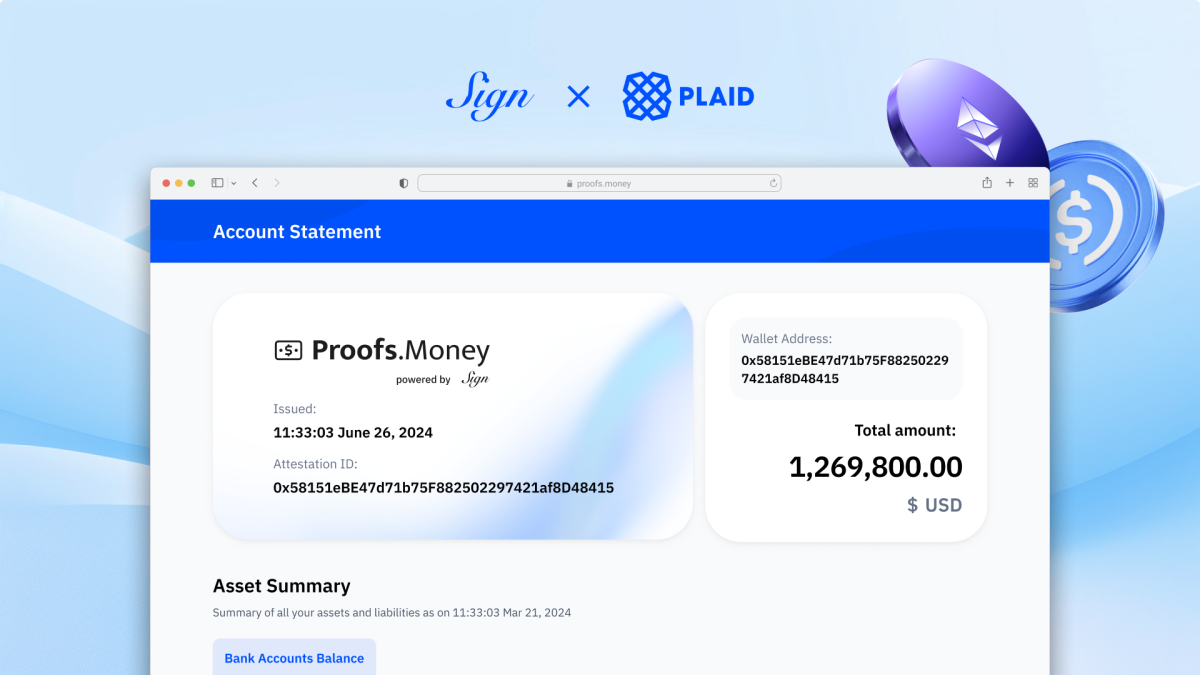What is blockchain technology? A beginner's guide to distributed ledgers


Blockchain technology has been making waves in the world of finance and technology in recent years. It is a distributed ledger system that enables cryptocurrencies and digital payments.
However, for those who are new to the concept, understanding what blockchain technology is and how it works can be a daunting task. In this beginner's guide, we will explore the basics of blockchain technology and its potential applications.
What is blockchain technology?
Blockchain technology, as the name implies, is a chain of blocks containing digital information. This technology is the backbone of cryptocurrencies like Bitcoin  BTC
+3.37%
and Ethereum
BTC
+3.37%
and Ethereum  ETH
+2.62%
. It is composed of three main components, namely private key cryptography, a distributed network with a shared ledger, and an incentive to service the network’s transactions, record-keeping, and security.
ETH
+2.62%
. It is composed of three main components, namely private key cryptography, a distributed network with a shared ledger, and an incentive to service the network’s transactions, record-keeping, and security.
Private key cryptography is used to ensure that each participant on the network has the ability to control their own funds and make transactions. Each user has a private key, which operates like a password, and a public key, which is like a public username that's connected to their wallet.
Blockchains are decentralized networks. They ensure that all transactions made on the network are legitimate — without trusting any one specific party. This consensus is achieved through mathematical verification, making the size of the network crucial for securing it.
Blockchains use monetary rewards to incentivize people to keep the network running and processing legitimate transactions. They typically need more than half of the actors supporting the network to be acting honestly. Rewards are paid out in the network's own cryptocurrency, and come from rewards generated by the network in each block as well as transaction fees.
How do blockchains work?
Each blockchain transaction, such as the transfer of cryptocurrency, is broadcasted to the network. Specialized computers or nodes on this network authenticate this transaction by verifying digital signatures and other pertinent data.
Once the transaction is verified, it's added to a block along with other verified transactions. These blocks are sequentially linked together using cryptographic methods, thus forming the blockchain.
This process of verifying transactions and appending them to the blockchain is facilitated through a consensus mechanism, a set of rules that dictate how nodes reach an agreement about the state of the blockchain and the validity of transactions. Popular mechanisms are proof of work and proof of stake.
Benefits and advantages of blockchain technology
Blockchain technology provides several noteworthy benefits and advantages that contribute to its increasing adoption across various industries. A significant advantage is its decentralized nature, which eliminates the need for a central authority, thereby reducing the risk of single-point failures and potential manipulation. This decentralization enhances the system's security and resilience against attacks or data breaches.
Transparency is another key advantage of blockchain technology. All transactions recorded on the blockchain are visible to every participant in the network, promoting accountability and facilitating easy tracking and verification of transactions.
Blockchain technology offers immutability, meaning once a transaction is recorded, it cannot be altered or deleted. This feature creates a permanent, verifiable record of all transactions, which is a considerable shift from traditional systems where transactions can be reversed. This immutability ensures the integrity of the data and fosters trust among users.
Additionally, blockchain technology enhances efficiency by enabling faster transactions without the need for intermediaries like banks. This not only accelerates processes but also reduces transaction costs, leading to more efficient business operations.
Challenges and limitations of blockchain technology
Blockchain technology has its challenges and limitations. One of the main issues is scalability. As the number of transactions on a blockchain increases, so does the size of the blockchain, leading to larger storage requirements. This poses a significant challenge for larger networks like Bitcoin and Ethereum, where transaction speed can become a bottleneck. This problem is further compounded by the energy consumption associated with mining, particularly in proof-of-work systems, posing environmental concerns.
Another challenge is the issue of privacy. While transparency is a key feature of blockchain, it can also lead to privacy concerns as every transaction is visible to all participants in the network. This could potentially expose sensitive information or lead to unwanted scrutiny of transactions.
Furthermore, regulatory issues pose a significant problem. As blockchain technology and cryptocurrencies are relatively new, regulatory frameworks around the world are still in their infancy and often inconsistent. This lack of clear regulation can create uncertainty and hinder adoption.
Disclaimer: This article was produced with the assistance of OpenAI’s ChatGPT 3.5/4 and reviewed and edited by our editorial team.
© 2023 The Block. All Rights Reserved. This article is provided for informational purposes only. It is not offered or intended to be used as legal, tax, investment, financial, or other advice.



